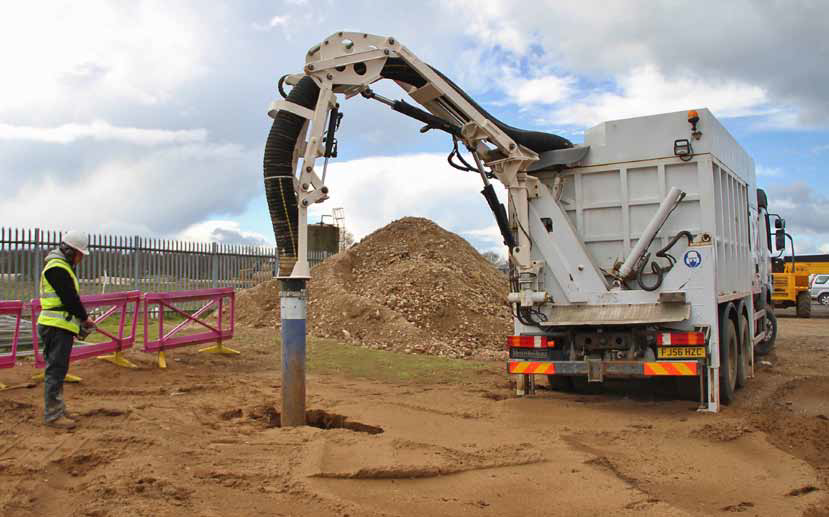The Ultimate Australian Tax Return Guide for the Year 2023
Tax season is here again, and as an Australian taxpayer, it’s essential to stay informed and prepared to navigate the ever-changing tax landscape.
With the year 2023 bringing its unique set of challenges and opportunities, understanding the latest updates and maximizing deductions will empower you to file your tax return confidently and efficiently. In this comprehensive guide, we’ll walk you through the key aspects of the Australian tax return for the year 2023, ensuring you’re well-equipped to meet your tax obligations and potentially boost your tax refund.
Important Tax Dates for the Year 2023
Before diving into the nitty-gritty of filing your tax return, let’s take note of some crucial tax dates for the year 2023:
- 1st July 2022 – 30th June 2023: This is the fiscal year for which you’ll be filing your tax return.
- 1st July 2023: The Australian Taxation Office (ATO) typically begins accepting tax returns for the previous fiscal year on this date.
- 31st October 2023: The deadline for individuals to submit their tax returns without incurring any penalties.
- Mid-September 2023: The ATO starts issuing refunds for early lodgers, so filing early may lead to faster refunds.
- 16th May 2024: If you lodge through a registered tax agent, this is the deadline for submitting your tax return.
Understanding Taxation Changes for 2023
Every financial year, the Australian government introduces changes to tax laws and policies. Staying informed about these updates will help you take advantage of new opportunities and comply with the latest regulations. Some key changes for the year 2023 include:
- Tax Bracket Adjustments: The income tax brackets are subject to adjustments annually, accounting for inflation and economic factors. Make sure to check the latest tax rates to determine which bracket your income falls into.
- Changes to Deduction Limits: Certain deductions, such as work-related expenses and rental property expenses, may have revised limits for the year 2023. Familiarize yourself with these limits to accurately claim deductions.
- COVID-19 Related Deductions: Depending on the evolving COVID-19 situation, there might be specific deductions available for expenses related to working from home, medical expenses, or other pandemic-related costs. Stay updated on any specific COVID-19 tax relief measures.
Gathering the Necessary Documents
Before starting your tax return, gather all the essential documents required to accurately report your income and deductions. Some of the documents you’ll need include:
- Payment Summaries: These will include your salary and wage information, as well as any government payments you received during the financial year.
- Bank Statements: Collect statements from all your bank accounts to account for interest earned and charges paid.
- Investment Statements: If you have investments, such as shares or property, gather statements detailing dividends, capital gains, and other investment-related income and expenses.
- Expense Records: Keep records of work-related expenses, charitable donations, medical expenses, and any other deductions you plan to claim.
- Rental Property Records: If you own rental properties, maintain records of rental income and all associated expenses, including property management fees and repairs.
Maximizing Deductions and Tax Offsets
Deductions and tax offsets can significantly impact the final outcome of your tax return. Here are some strategies to maximize your deductions and claim eligible tax offsets:
- Work-Related Expenses: Keep detailed records of work-related expenses, such as vehicle expenses, travel costs, home office expenses, and professional development courses. Ensure all expenses are directly related to your income-earning activities.
- Donations and Gifts: If you made charitable donations during the financial year, ensure you have receipts from registered charities to claim deductions for gifts.
- Superannuation Contributions: Consider making additional voluntary contributions to your superannuation fund to boost your retirement savings and potentially reduce your taxable income.
- Small Business Deductions: If you run a small business, familiarize yourself with small business tax concessions and deductions available to you.
- Tax Offsets: Check for any eligible tax offsets, such as the Low and Middle Income Tax Offset (LMITO) or the Senior Australians and Pensioners Tax Offset (SAPTO).
The Importance of Seeking Professional Advice
While filing your tax return independently is a feasible option for many individuals, seeking professional advice from a registered tax agent can offer significant benefits.
Tax agents are well-versed in the complexities of tax laws and can ensure you take advantage of all eligible deductions and offsets. They can also assist you in accurately reporting your income and complying with the latest taxation requirements.
The E-Filing Advantage
The ATO encourages electronic filing (e-filing) of tax returns, as it simplifies the process for taxpayers and reduces processing times. E-filing also offers the advantage of pre-filled data, where the ATO populates some sections of your tax return with information from your employer and other sources.
Utilizing e-filing platforms or the ATO’s online portal can streamline the process and help you receive your refund faster.
Avoiding Common Mistakes
When filing your tax return, it’s crucial to avoid common errors that could lead to processing delays or potential penalties. Some common mistakes to watch out for include:
- Math Errors: Double-check all calculations to ensure accuracy.
- Omitting Income: Report all income streams, including side gigs and rental income, to avoid discrepancies.
- Incorrect ABN/TFN: Ensure you provide the correct Australian Business Number (ABN) or Tax File Number (TFN) on your return.
- Forgetting Deductions: Keep comprehensive records of all eligible deductions to avoid missing out on potential refunds.
- Late Lodgment: Submit your tax return by the deadline to avoid late lodgment penalties.
Final Steps and Refund Expectations
Once you’ve completed your tax return and submitted it to the ATO, you’ll receive a notice of assessment detailing the outcome. If you are entitled to a refund, the ATO will deposit the amount directly into your nominated bank account.
Conclusion
Filing your Australian tax return for the year 2023 doesn’t have to be a daunting task. Armed with the right knowledge, documents, and strategies, you can confidently navigate the tax landscape and fulfill your tax obligations while maximizing deductions and potential refunds.
Stay informed about the latest tax updates, seek professional advice if needed, and leverage e-filing options to streamline the process. By staying proactive and organized, you’ll be well on your way to a successful and stress-free tax return experience. Happy filing!



